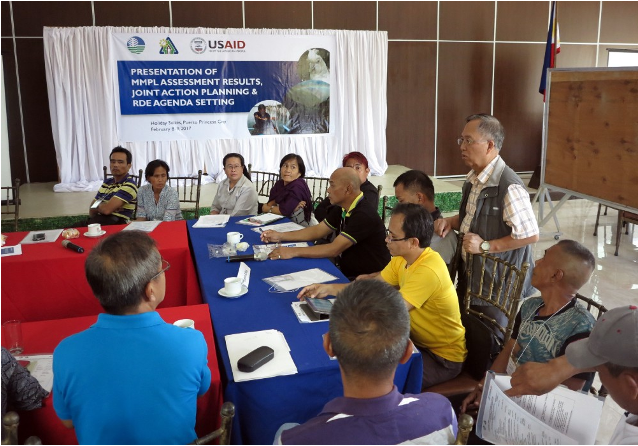Phase I of this learning initiative highlighted the need for the conservation community to continue learning about how to incorporate diversity, equity, inclusion and justice (DEIJ) principles into their conservation...
The purpose of the PHE Learning Initiative was to improve CMP's and, more broadly, the conservation sector's understanding of PHE and its value to biodiversity conservation, to identify barriers that...
CapeNature, the conservation authority for the Western Cape Province, South Africa, initiated a process in 2017 to strengthen adaptive management of the protected areas under its management. Management plans strive...
In Chile, the Conservation Standards were used to evaluate protected areas (PAs) across an entire country. Chile manages its PAs through its National System of Protected Areas (SNASPE). In 2015,...
Chile is the endemic home to the world’s southernmost palm tree, the Chilean Wine Palm. For centuries, the tree has been heavily exploited, largely for its sap used to make...
There is significant potential to reduce illegal wildlife trade through training and collaborating with airport staff. To take advantage of this potential, the U.S. Agency for International Development (USAID) initiated…
Winners of the 2020 Conservation Standards Case Study Competition, the Endangered Wildlife Trust (EWT) and the International Crane Foundation (ICF) have been working together to conserve crane populations and their...
This is a very valuable guide to integrating the Open Standards into the fabric of how conservation organizations do business. If we want to improve the effectiveness of our organizations…
This report is a good example of how a national agency used results chains to develop common theories of change, objectives and indicators in order to assess effectiveness at varying scales...
Translate »

